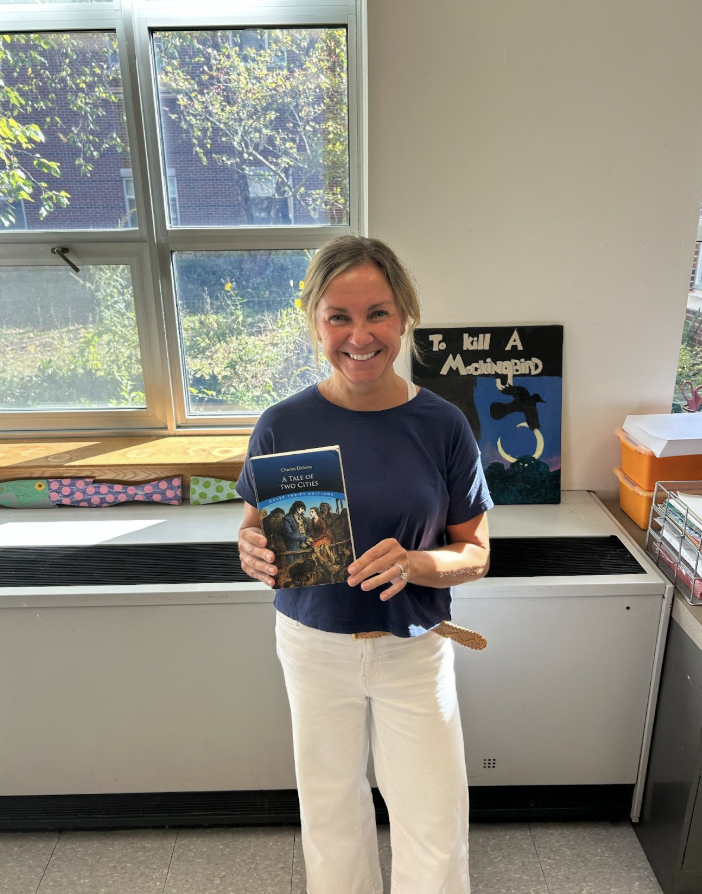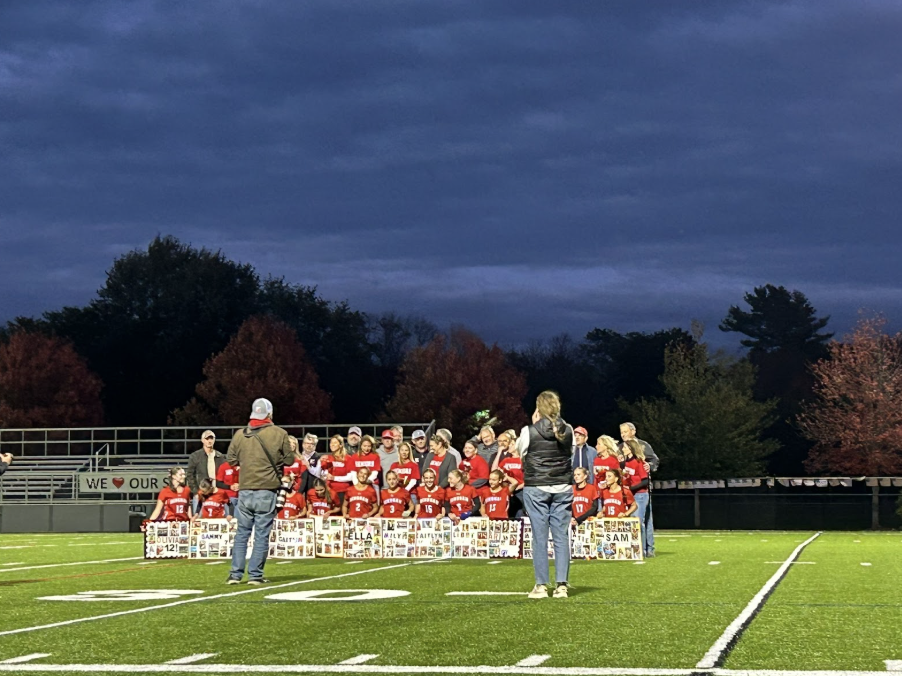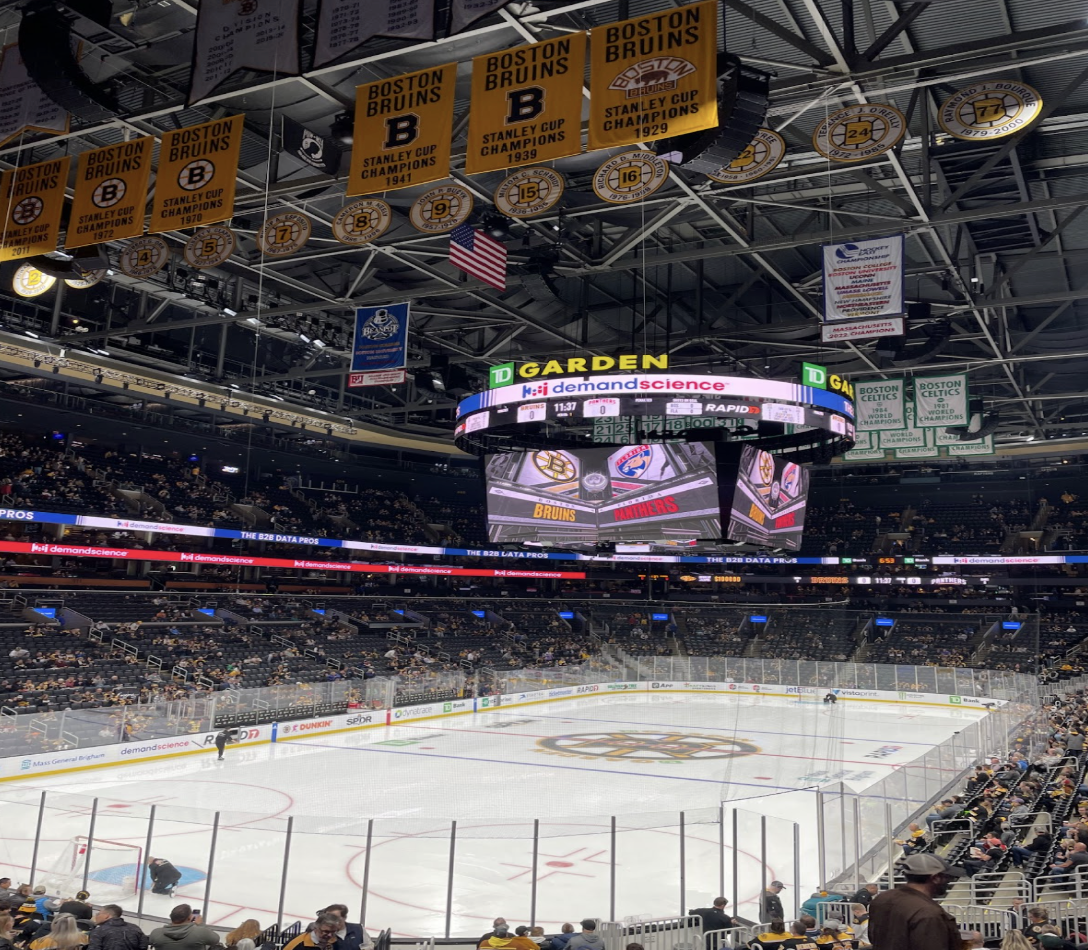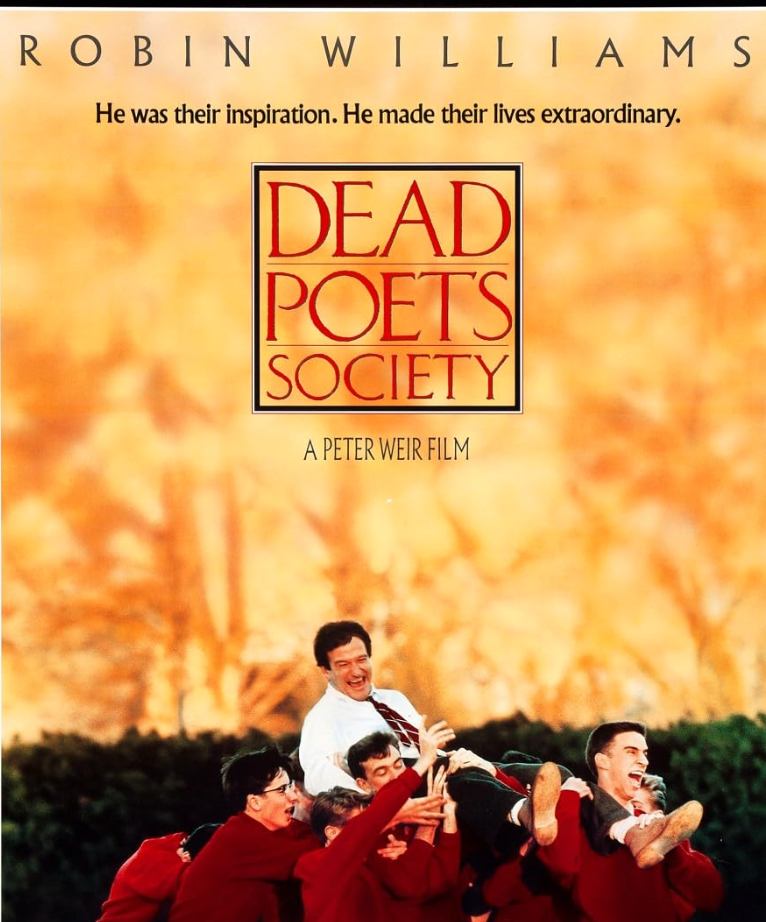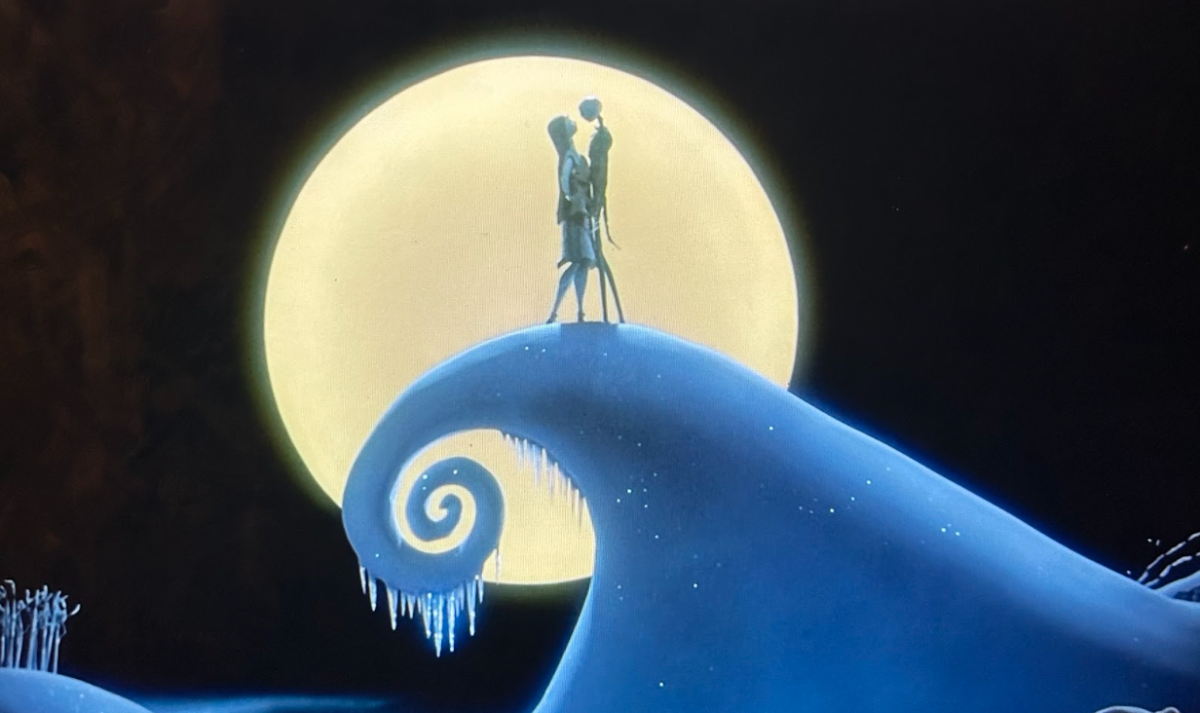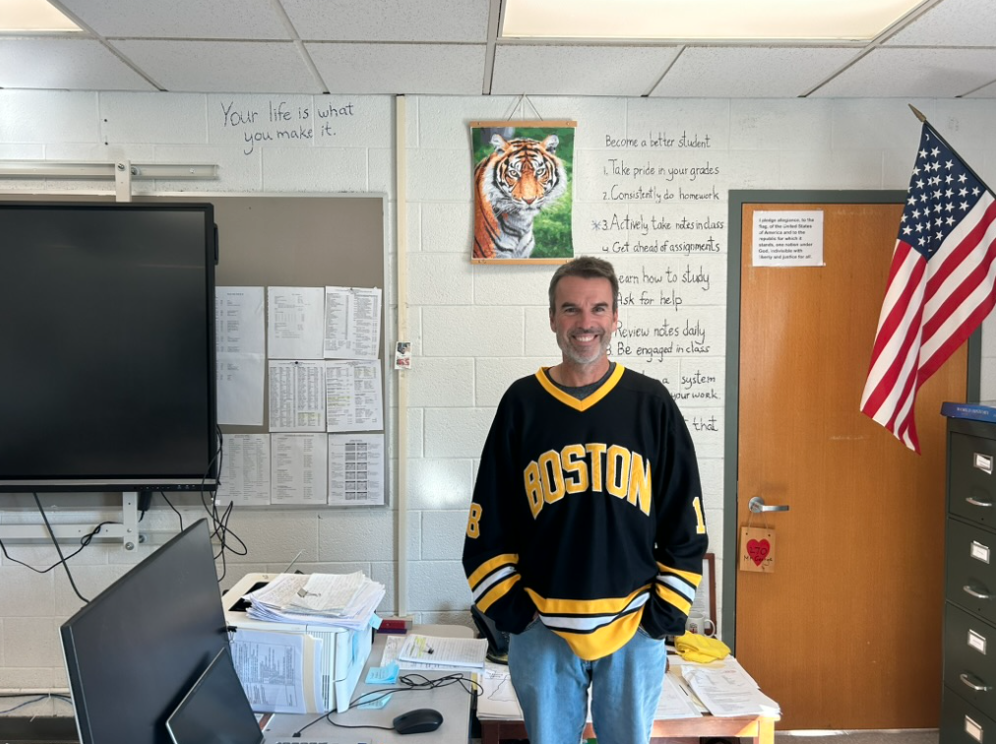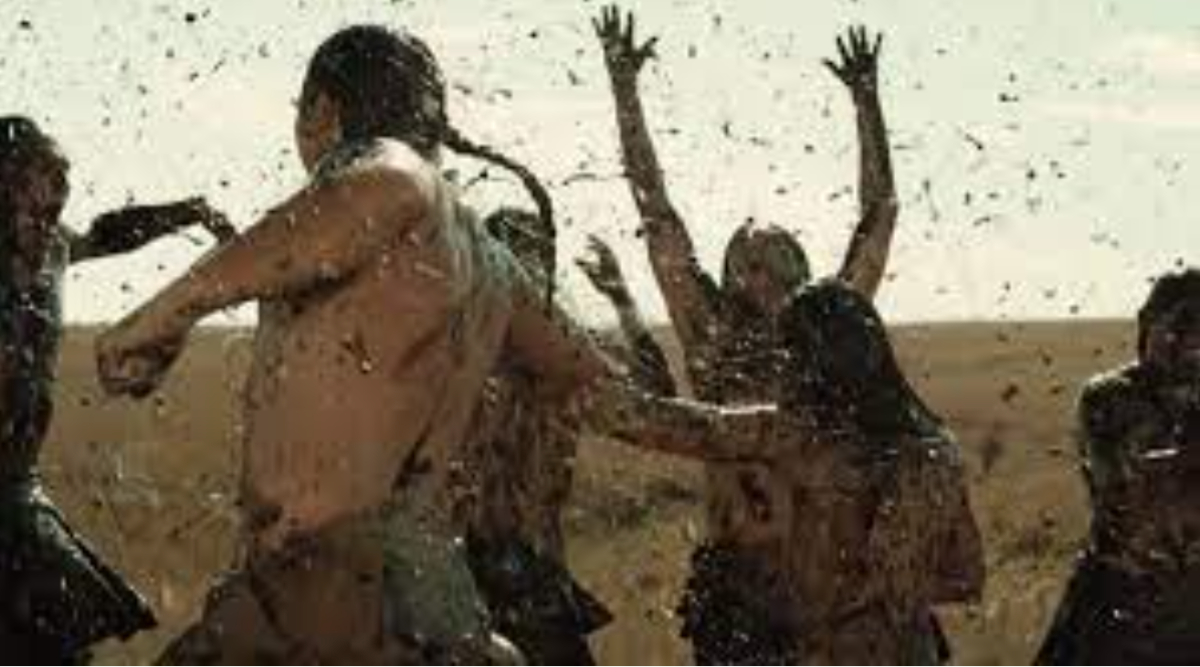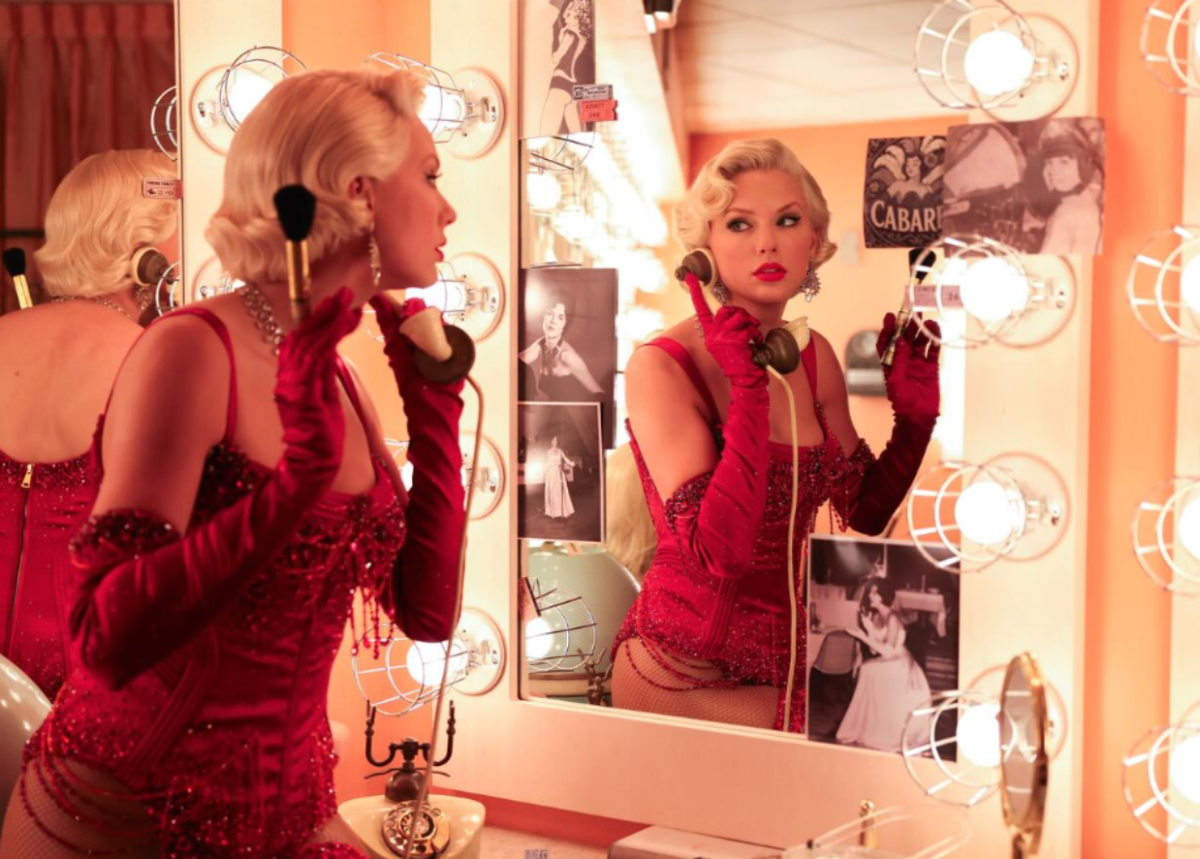Killers of the Flower Moon, which Scorsese has reportedly been working on for the past six years, has a production history almost as fascinatingly unique as the story of the Osage itself. Since the 2017 David Grann novel of the same name, which returned the story of the Osage to the public consciousness, Scorsese has wanted to adapt the true crime story to film, although since then, extensive rewrites, the Covid-19 pandemic, and Robert De Niro’s leg injury have been among the many obstacles to the successful completion of the film. Nonetheless, through it all, Scorsese’s passion has shined through in a finely tuned masterpiece that is already getting Oscar buzz. Chris Hoppe, a junior at HHS who saw the film recently, states, “I thought it was a good and historically accurate story, with a complex and intriguing plot with great Scorsese directing, as always.”
The story of the Osage People, or at least the pivotal part of their history that ‘Killers’ recounts, begins in 1895, when oil was first struck in Osage County, Oklahoma (the picture below the title of this article shows the elation of the Osage in this moment, as portrayed by Scorsese as dancing as they let the oil flow freely upon them). Not long after, major oil companies began to make lucrative contracts with the local Osage that propelled them to the richest group per capita in the world, a statistic Scorsese proudly flaunts in a newsreel montage early on in the film that lets the audience bask in the magnificence of the Osage wealth, with striking images of the Osage flying then-state of the art airplanes, firing arrows while dressed in suits in the backyard of a luxurious mansion, and getting helped into model t’s by silently disgruntled white chauffeurs. This glory has its moments, before Scorsese shifts to the next chapter in Osage history, the murders which they called their “reign of terror”.
For the sake of brevity, I will only describe the very general series of events, but essentially, the rest of the film centers around Mollie Burkhardt (played by talented newcomer Lily Gladstone) and her husband Ernest Burkhardt (played by Leonardo Dicaprio) as the focal point of the violence of white men in the county who slowly, and deviously kill the members of the tribe, all while pretending to be friends with, and in Ernest’s case, the loyal spouse to members of the Osage tribe. Torn between his loyalties to his wife, and the promises of wealth and power if he follows the orders of his uncle William Hale (brilliantly played by Robert De Niro), Ernest becomes embroiled in the evil in Osage county, which holds a dying people’s future in the balance. A people, which, against all odds, Mollie is determined to save.
At over three hours long, the film, in a similar manner to the epic Christopher Nolan film Oppenheimer from earlier this year, feels as if it has earned every minute of its runtime, with how meticulously each scene was planned out, to simultaneously provide spectacle and tie into a central plot that promotes reflection on the forgotten injustices committed against the Osage people in the wake of their chance discovery of oil on their land. Scorsese has made it clear in the promotion of the film that his purpose in making the film is to help bring past injustices to light, and bring greater understanding of the lost history of groups such as the Osage. This late into his career, Scorsese has found purpose in bringing obscure stories to the mainstream, as he has found salvation with similarly produced passion projects such as,“The Irishman”, which bring his personal interests into the kinds of films he produces.
Joe Andrews, a junior at HHS admitted that, “before Killers of the Flower Moon came out, I hadn’t heard anything about the Osage murders. For such a brutal historical event it’s surprising that the first time I’m hearing about it isn’t in school, but in the trailers for a new movie. It’s good though that Scorsese is bringing such an obscure story to the mainstream, since it seems like it’s starting a dialogue on the injustices that occurred, so the victims’ families can get some closure, and heal.” By using his fame to bring lesser known stories to light, Scorsese has raised the general public’s awareness of the issues of marginalized people, adding another dimension of cultural importance to seeing his film.
Ultimately, what makes Killers of the Flower Moon such a compelling movie to watch is how, beyond the technical precision in the execution of the director’s vision, is how Scorsese finds the heart of the Osage struggle in Mollie’s story, delivering the closing lines of the film himself, in a cameo that serves as the culmination of all of Scorsese’s love and sympathy for the Osage people.










